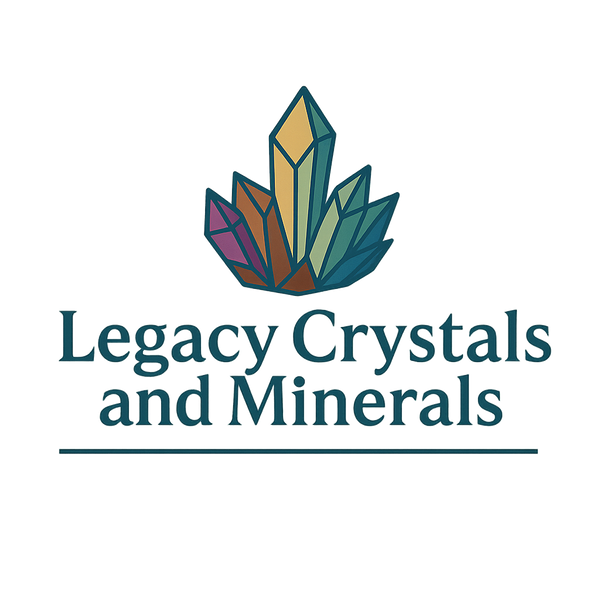
How to Identify Natural vs Synthetic Crystals
Share
With the rise of online crystal sellers, it’s more important than ever to know whether the minerals you're buying are genuinely natural or synthetic. This guide will help you understand what to look for — so you can build a crystal collection rooted in authenticity.
What’s the Difference Between Natural and Synthetic Crystals?
Natural crystals form in the Earth through geological processes over thousands to millions of years. They may show minor imperfections, growth patterns, or matrix rock attached — all signs of their authentic formation.
Synthetic crystals are lab-grown to mimic natural specimens. While chemically similar, they often lack matrix, zoning, or surface texture and may be too “perfect” to be real.
1. Examine the Surface for Imperfections
Natural crystals often have:
- Surface etching or minor chips from formation
- Matrix or host rock still attached
- Slight asymmetry or irregular growth faces
Lab-grown or fake crystals tend to be overly smooth, polished uniformly, or completely flawless which is rare in nature.
2. Look for Zoning, Phantoms, and Inclusions
Many natural crystals grow in phases, leading to visible bands, zoning, or phantoms within the crystal. These “growth layers” are difficult and expensive to mimic in synthetic versions.
Common examples:
- Color zoning in fluorite and amethyst
- Phantom lines inside quartz
- Inclusions like water bubbles, hematite needles, or barite specks
3. Watch for Unrealistic Colors
Bright, neon, or opaque colors can signal dyeing, irradiation, or synthetic origins. Some red flags include:
- “Rainbow quartz” with no natural zoning or rainbows inside
- Bright teal “aqua aura” quartz (coated with metal vapor)
- Unnaturally even amethyst coloration across all faces
Tip: If the color looks too uniform, too vibrant, or unlike anything you’ve seen in nature it may be synthetic or enhanced.
4. Know Your Localities
Authentic sellers will often list the mine or region where a crystal came from. A fluorite from Yaogangxian, quartz from Arkansas, or azurite from Morocco tells a geological story.
Synthetic sellers often omit locality entirely. If no location is listed, and the piece is large, flawless, and underpriced ask questions.
5. Ask the Seller Directly
Responsible sellers will disclose if a crystal has been lab-grown, dyed, heat-treated, or stabilized. If in doubt, ask:
- 🔍 Is this 100% natural and untreated?
- 📍 What’s the mine or locality?
- 🔬 Are there any enhancements or repairs?
Trustworthy dealers will be proud of their sourcing and transparent in their answers.
Legacy’s Commitment to 100% Natural Crystals
At Legacy Crystals and Minerals, every specimen we offer is 100% natural — no dyes, no vapor coatings, and no synthetics. We hand-select pieces for their geological integrity, locality, and crystal habit. When a piece has repairs or stabilization (rare), we disclose it clearly.
Final Thoughts: Buy With Confidence
As crystals become more popular, so do fakes and factory pieces. By learning how to spot natural minerals — from zoning and matrix to localities and imperfections — you’ll become a more informed, intentional collector.
Choose crystals with character, history, and truth in their form.



